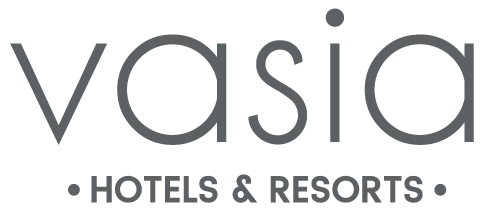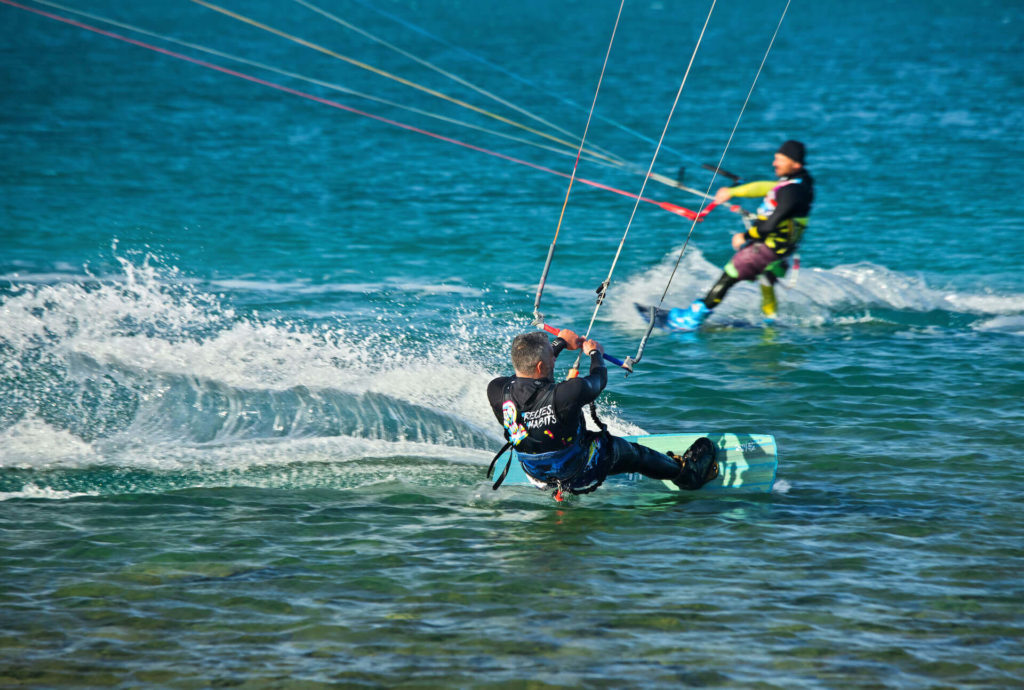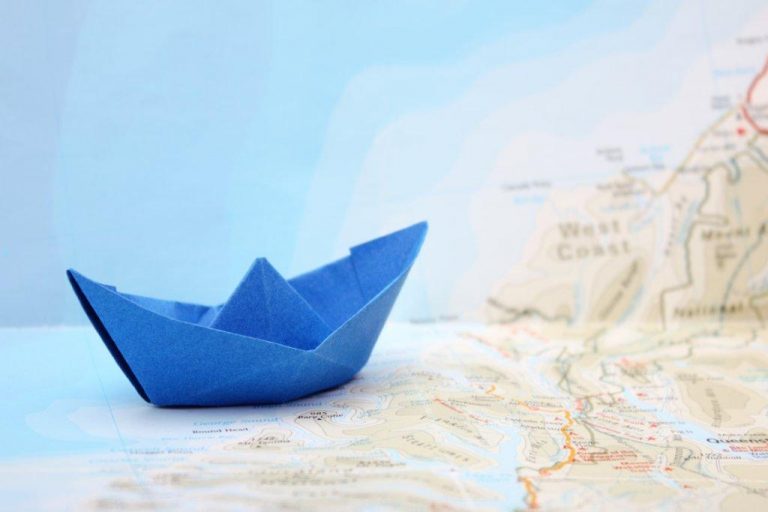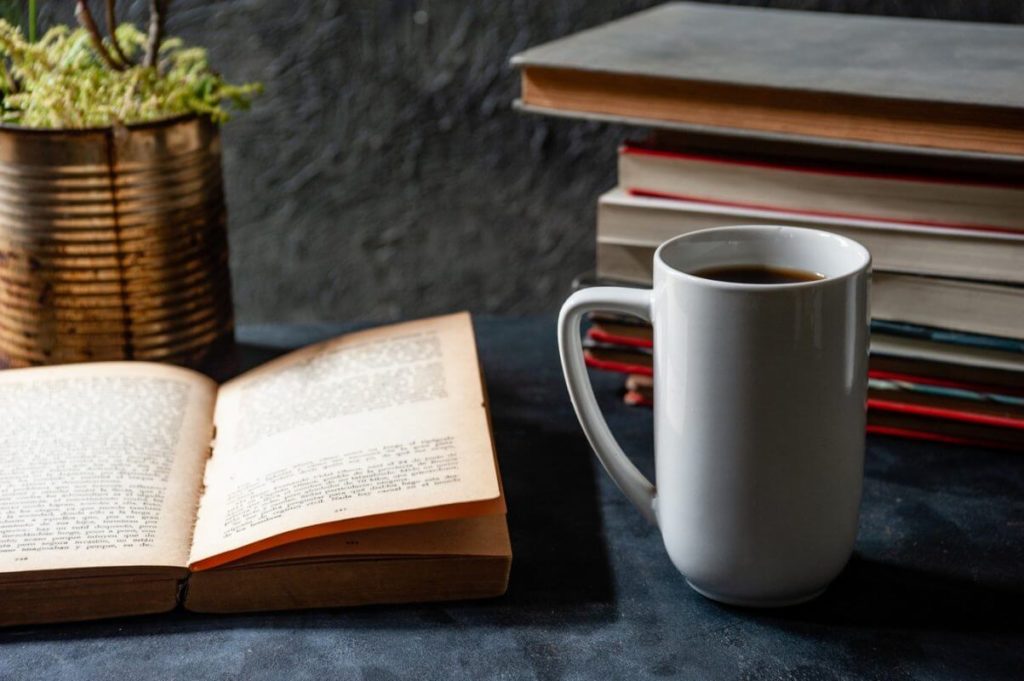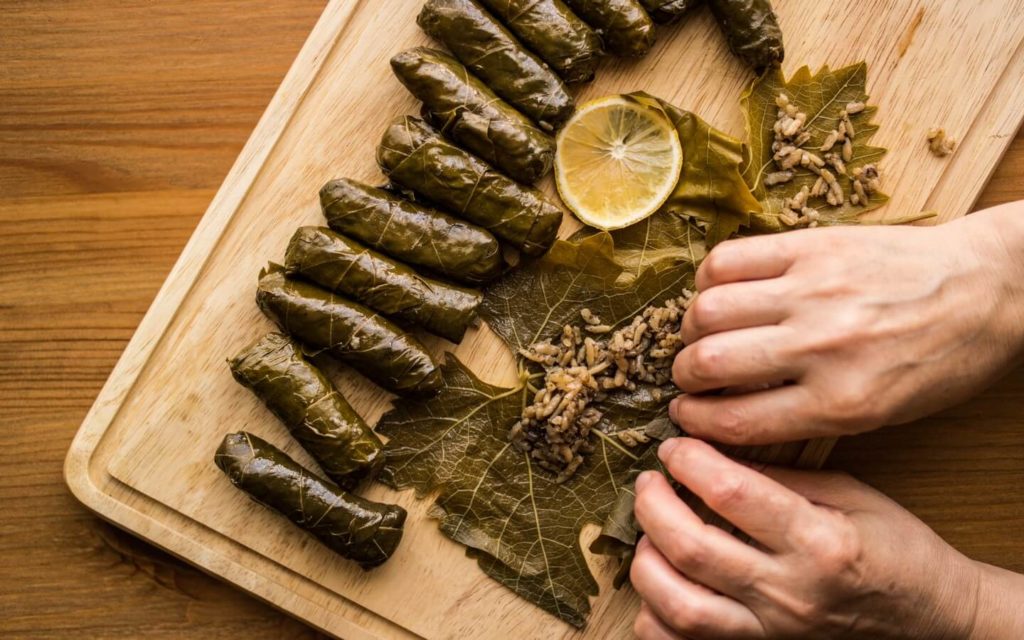Knossos, known as Europe’s oldest city!
Visiting Knossos Palace is a must-see archaeological site on Crete; it is also amongst the top ten most famous archaeological sites in Greece and in the top twenty-five most visited in the world.
Knossos is located in a prominent position on the hill Kefalas, 6 km. southeast of Heraklion and easily accessed from all Vasia HOTELS & RESORTS. According to history, it was the seat of King Minos (considered as the son of Europe and Zeus) and at the same time the administrative and religious centre of the region. The popular and exciting myths of the Labyrinth of the Minotaur and Daedalus and Icarus are connected with the Minoan Palace of Knossos in Crete. Its restoration is based on the evidence obtained from excavations and now visitors are allowed to admire the architecture and elegance of this great Cretan palace. The first excavation of the site was conducted in 1878 by Minos Kalokerinos of Heraklion. This was followed by the long-term excavations 1900-1913 and 1922-1930 by the Englishman Sir Arthur Evans, who uncovered virtually the entire palace. The extensive finds from the palace, as well as the original wall-paintings, are all housed in Heraklion Archaeological Museum.
The Heraklion Archaeological Museum is regarded as one of Europe’s most important museums. It is built on the former site of the Catholic Monastery of Saint Francisco. It is the largest archaeological museum in Crete and pride of place is given to the treasures of the Minoan civilization. The museum’s exhibition includes more than 15,000 artefacts, covering a period of 5,000 years, from the neolithic era to the Greco-Roman period. Exhibits contain samples of pottery, stone carving, miniature sculptures, gold work, metalwork, household utensils, tools, weapons and sacred axes and frescos.
Amongst the most important exhibits of art and wall painting frescos you can view:
Phaistos Disc – The “Bull-leaping” fresco – “La Parisienne” Minoan fresco – The ”Snake Goddesses” – Bees Minoan Jewel.
Tips for Visitors
If you are only mildly interested in history, allow a good two hours to visit the Knossos Palace and at least three hours for the museum in the city. But if you are a serious history buff then you will need plenty more time!
You are allowed to take pictures (using flash as well) at Knossos but you are not allowed to use a camera with a tripod or a large professional camera at either the site or the museum. Some of the artifacts at the museum you are not allowed to take pictures of at all, because they have not yet been published.
Information on admission fees, holidays, special days etc
Ticket prices & accessibility (2018 rates) :
Archaeological Site of Knossos €15, reduced €8
Archaeological Museum in Heraklion €10, reduced €5
Our tip: You can purchase 1 ticket for both Knossos & Museum, valid for 3 days: €16, reduced €8
Reduced admission is for seniors & students (ID required)
Free museum admission days:
6th March (in memory of Melina Mercouri)
18th April (International Monuments Day)
18th May (International Museums Day)
The last weekend of September annually (European Heritage Days)
28th October
Every first Sunday from 1st November – 31st March
Holidays – Closed
1st January
25th March
1st May
Easter Sunday
25th & 26th December
Contact Information
Knossos Palace
Tel.: +30 2810231940, +302810226470
Heraklion Archaeological Museum
Address: Xanthoudidou St. and Hatzidaki,71202, Heraklion, Crete
Tel.: +30 2810 279000
